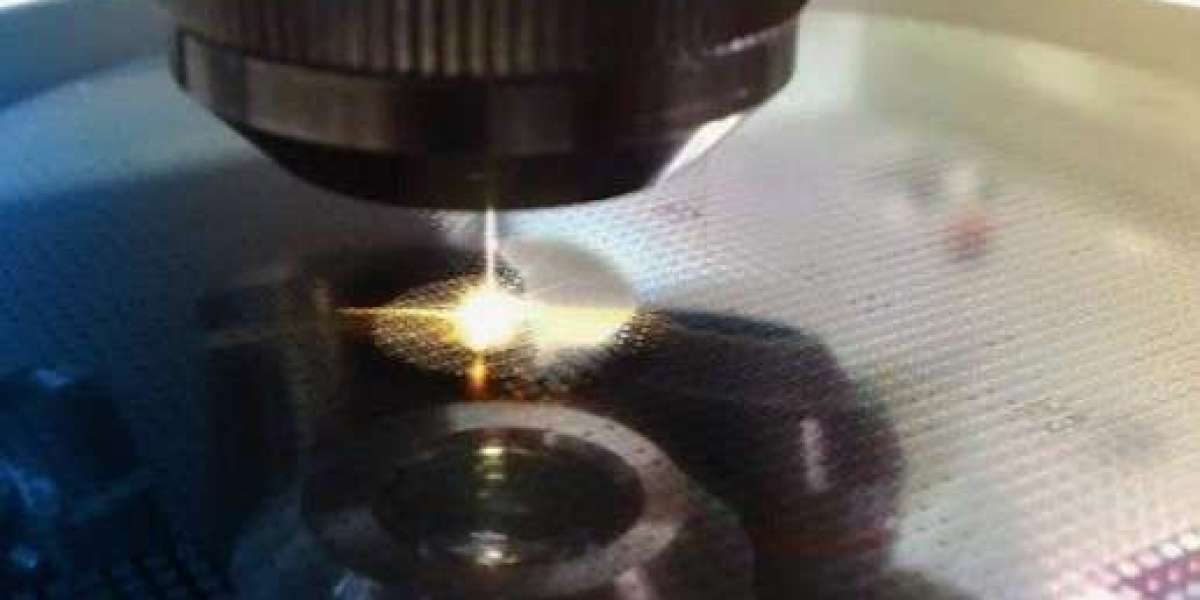Regardless of the dicing process, all methods require wafers to be mounted on release tape with die and packages aligned for easy transport through the next steps in the assembly process. The tape must also be able to resist the abrasive action of the blade and hold up against the force of cutting.
Precision
The precise dimensions of individual chips (known as die) within a Dry Wafer Dicing Services can significantly impact product performance and quality. To maintain high product yields and production efficiency, manufacturers must use a dicing process that delivers a consistent, accurate, and repeatable cut.
The type of blade used during the dicing process also impacts cutting precision. For example, diamond dicing blades are designed with a steel core coated with abrasive diamond grit particles to provide superior cutting action. Moreover, they can be manufactured in a variety of designs, including hubbed and hubless, to optimize performance for different applications.
In addition, it is critical to limit top and backside chip-out during the dicing process. This can help reduce residual stress that can compromise the performance of certain types of MEMS devices. To achieve this, manufacturers can employ a range of techniques, including the use of cleanroom facilities and equipment, to control airborne contaminations. They can also incorporate cleaning steps to eliminate dust and residues from the diced die.
Efficiency
A semiconductor wafer is divided into individual dies to be used in an electronic device, and damage during this process can reduce the quality of the finished chip. This damage can take many forms, including chipping and cracking, which affect the functionality of the final device.
Traditional dicing methods use blades to separate the wafer into its die, but this method can cause problems such as dust and debris generation. Plasma dicing uses an etch process to separate the wafer, avoiding these issues and ensuring the integrity of the resulting die.
DISCO’s hubbed and hubless diamond dicing blades are made by sintering a steel core with diamond abrasive particles to produce an extremely durable cutting edge. This makes them ideal for dicing hard and brittle materials such as sapphire, silicon carbide, and cubic boron nitride. Their durability also enables them to maintain a sharp cutting edge for longer than other blades, which saves on maintenance and repair costs.
Cleanliness
Wafer dicing is a critical process that has a direct impact on the performance of the final semiconductor device. Therefore, it’s important to maintain consistent performance throughout the dicing process and avoid contamination and chipping.
To address these challenges, manufacturers can implement advanced control algorithms and integrate inspection and metrology tools to maintain precision and accuracy. This allows them to identify any deviations from the desired specifications and make necessary adjustments to ensure the quality of the diced dies.
In addition, incorporating a pre-dicing treatment such as stealth dicing can reduce the stress and energy required for dicing, which helps to prevent chipping and cracking. This is especially helpful for dicing tough materials such as SiC, which can be prone to burring when using blade dicing processes. Additionally, a UV cure system can be used to irradiate the dicing tape after dicing to reduce surface roughness and facilitate die removal. This can help to improve die quality and overall yield.
Safety
While blade dicing produces high levels of cutting accuracy, it can generate mechanical stress that can damage the delicate structures within the chips. This can lead to the production of defective or otherwise unusable dies. To prevent this from happening, manufacturers can implement pre-dicing treatments such as stealth dicing. This technique creates predefined lines of weakness in the wafer, allowing it to break more easily along these scribes during the dicing process.
The type of dicing blade used can also have a significant impact on the quality of the final cut. The most popular option is diamond dicing, which features a steel core coated with diamond abrasive particles. These are bonded together using a sintered metal material such as cubic boron nitride to provide durability and performance.
Wafer Dicing Services can also incorporate cleaning steps into their processes to remove any particles or residues that may be left behind by the dicing process. This helps to ensure that the diced dies meet stringent cleanliness standards required for use in semiconductor manufacturing.


